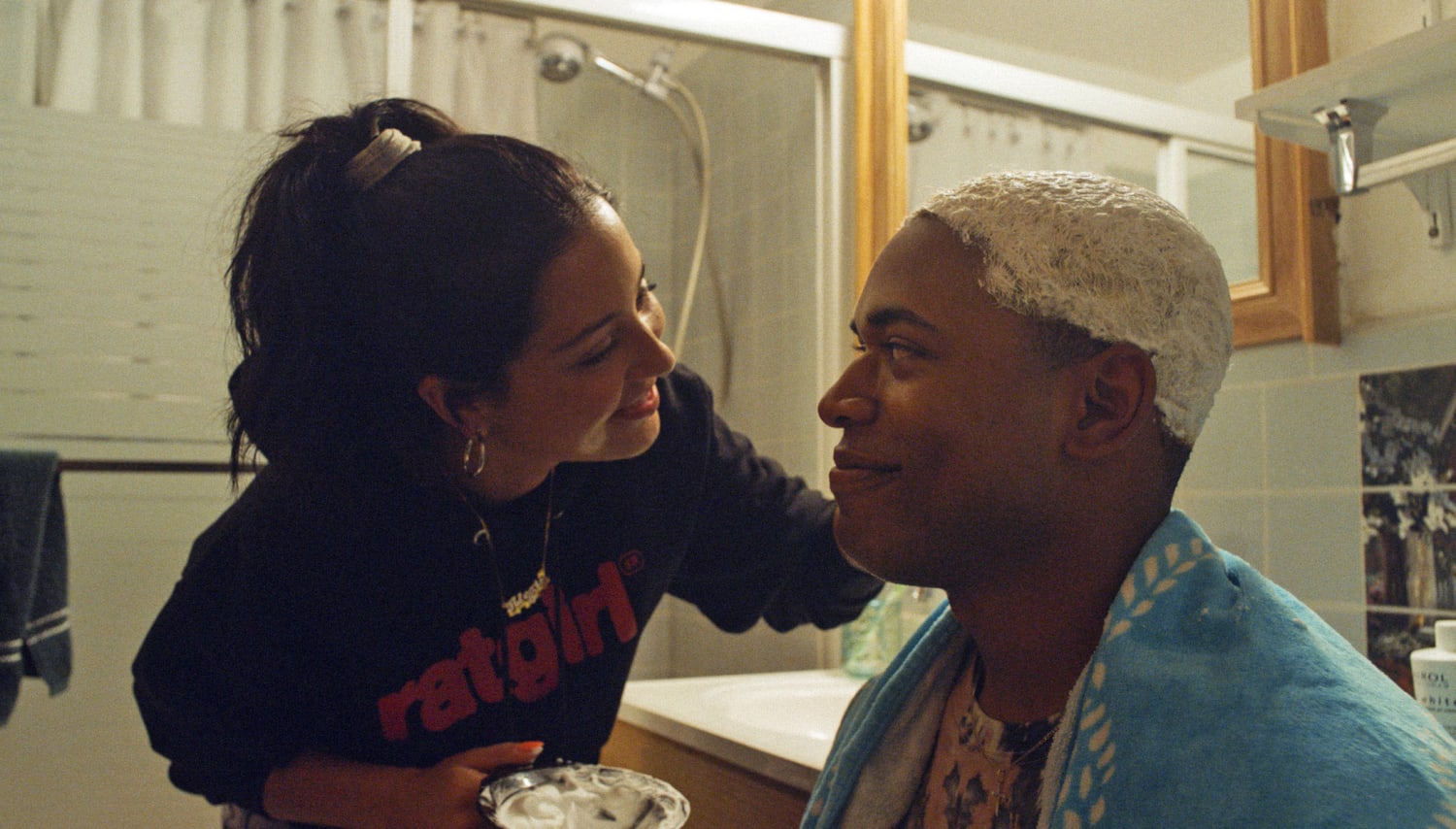A few days ago, I begrudgingly put my snow boots on and trekked through the snow to my local movie theater. This was my first week of dealing with snow, and I hated it already. Did I want to walk through the snow? Absolutely not. Why not? Because I hated it and because it made me miss my home. Every day of my Boston life, the sunshine and warmth of the Miami sun have been present in the back of my mind. A few times, it comes to the forefront and I start to feel homesick but that doesn’t happen too often. A minute into Waves, I realized that the movie took place in Florida and I knew that I was in for a long ride.

Waves follows a suburban Floridian family as they navigate love, forgiveness, and coming together in the aftermath of a loss. While the plot is fairly standard, the execution and atmosphere of the movie are pretty radical. Rather than linger on moments or shots or anything really, director Trey Edward Shults smashes through the film with every kind of cut and transition imaginable.
Through the first half of the movie, all convention is thrown out of the window and what viewers are left with is a disorienting, fast-paced, and emotional rollercoaster. Shults overloads the senses with vibrant, saturated colors and deafening, fast-paced bursts of popular songs that are focused on making you feel rather than understand. The second half takes these elements and brings them to a screeching halt. The transitions are more graceful, the music is toned down, and the camera lingers and sways rather than cutting and spinning.

Through the first half of the film, Shults follows Tyler (Kelvin Harrison Jr.), a happy, light-hearted, high-school senior on the wrestling team who’s constantly being pressured and motivated by his father, Ronald (Sterling K. Brown). Both actors play their roles perfectly, bringing the right mix of intensity, love, and anxiety to their relationship. Tyler loves his father but is clearly scared of letting him down. Ronald loves his son but is clearly scared of letting him live his life on auto-pilot and never pushing himself. Though Shults cinematography choices may be jarring to some, they do a great job of expressing the feelings and insecurities of Tyler’s life.

The second half of the film follows Tyler’s little sister, Emily (Taylor Russell) as she too tries to navigate her own life as a student and her family. The film’s point of view switches with the cinematography and the audience is brought into entirely different feelings. There’s still anxiety with Emily’s point of view, but it’s much calmer and soothing. Russell’s performance is an entirely different side of teenage angst. Instead of Tyler’s intensity, emotion, and charisma, Emily is curious, sensitive, and loving, and the camera becomes that way too.
Some people will have a problem with the choices that Shultz made in terms of cinematography and soundtrack. Not every transition makes sense, some song choices are a bit on the nose, and the drastic change in tone that takes place an hour into the movie is abrupt and jarring. But tonally, they’re in tune with the characters that are being portrayed. They perfectly convey the feelings of teenage angst, the feelings of being bulletproof, of being young, and of being consumed by emotions that you can’t even express.

Some people will call this movie a mess and I’m not going to say whether or not they’re wrong or right. But maybe the movie’s tone reflects the character’s emotions and instead of having a polished, conventional movie, the movie is a mess of color and sound and emotion because that’s what it’s characters are like. Kevin, Emily, and the rest of their family are not grounded and conventional people, they’re intense and full of emotion, and removing the cinematography choices made by Shults would only rid the audience of being able to fully feel what his characters are feeling.

